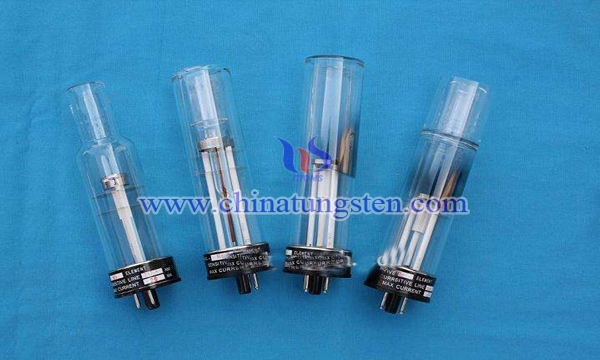Four Methods to Remove Ultrafine Tungsten Powder
- Details
- Category: Tungsten Information
- Published on Friday, 27 July 2018 12:03
In the field of microwave electric vacuum device, the preparation of tungsten sponge with uniform pore size is the key to achieve uniform emission of tantalum tungsten cathode current. The tungsten sponge is the main carrier of the impregnated ruthenium tungsten cathode and is made by powder metallurgy. The pores in the sponge are used to store the emitting material and at the same time serve as a transport channel for the emitting material.
An ideal tungsten sponge should have an appropriate number of pores with a proper shape, a proper size, and a uniform pore distribution and no closed pores. Otherwise, it will lead to a decrease in the ability of the tungsten sponge to store, activate, and transport the emissive material, so that the impregnated cathode prepared by using the tungsten sponge is difficult to obtain uniformity, and the emitted emission current is too small.

So far, the main problem in preparing the uniform distribution of tungsten sponges is that the particle size distribution of tungsten powder is very uneven, especially the tungsten powder with ultrafine tungsten powder (a particle size below 2 microns). For example, a tungsten powder indicates a particle size (particle diameter) of 5 μm, actually contains about 20 to 35% of tungsten particles with a particle diameter of 0.1 to 2 μm. It also contains 10 to 20% of tungsten particles having a particle diameter of 7 to 12 μm. In the actual preparation of tungsten sponge, it is found that ultrafine tungsten powder is difficult to remove by conventional methods.
In the preparation of tungsten sponge, in order to remove ultrafine particles, the following four methods are generally used:
The first one is a screening method, which uses a wire mesh sieve to sieve tungsten powder, which is currently the finest. The screen mesh is 800 mesh, and the particle size of the fine powder is 15 μm or less, and it is difficult to effectively sieve the tungsten powder of 2 μm or less;
The second is the blowing method, which uses the wind speed generated by the fan to blow the powder horizontally, and the particle size is Large falls in a relatively close position, the small particle size falls in a relatively distant position, and thus sorted, but a large amount of ultrafine tungsten particles remain in the powder after the actual sorting;
The third is the froth flotation method, which is Ultrafine tungsten powder particles are separated by the principle of fine powder suspension. However, a large amount of ultrafine tungsten particles remain in the actually obtained powder. The latter two methods are difficult to effectively remove ultrafine tungsten particles because the particle size is below 2 microns. The tungsten particles have a large specific surface area, a high surface energy, are easy to agglomerate with each other, and can form agglomerated particles having a large diameter, and the ultrafine tungsten powders also form adsorption with tungsten particles having a larger particle diameter.
The fourth is a low-temperature sintering method or a tungsten powder activity reduction method, which is a method of low-temperature sintering to make ultrafine tungsten powders form a certain strength connection with each other by using their high activity, thereby increasing the particle size of the particles, and then pulverizing the powder and Screening. If the treated tungsten powder still contains more ultrafine tungsten particles, the above sintering and pulverizing process is repeated until the content of the ultrafine tungsten particles reaches the required level.
At present, this method is adopted by some enterprises in Russia and China. This method can significantly improve the particle size distribution of tungsten powder, but the complexity of the process also makes the production cost high.
- Tungsten Powder Manufacturer & Supplier, Chinatungsten Online: tungsten-powder.com
- Tungsten News & Prices of China Tungsten Industry Association: www.ctia.com.cn
- Molybdenum News & Price: news.molybdenum.com.cn
- Tel.: 86 592 5129696; Fax: 86 592 5129797; Email: sales@chinatungsten.com



 sales@chinatungsten.com
sales@chinatungsten.com